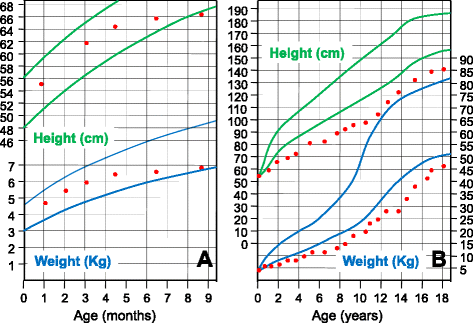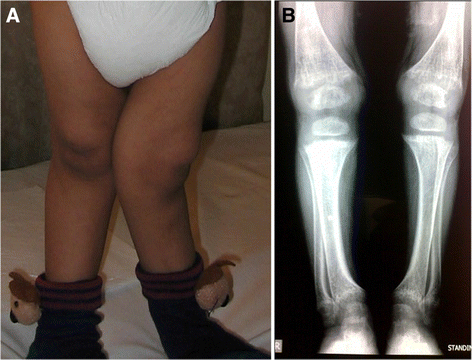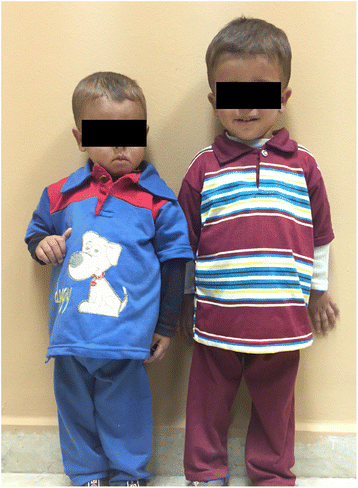Cystinosis: a review
- PMID: 27102039
- PMCID: PMC4841061
- DOI: 10.1186/s13023-016-0426-y
Cystinosis: a review
Abstract
Cystinosis is the most common hereditary cause of renal Fanconi syndrome in children. It is an autosomal recessive lysosomal storage disorder caused by mutations in the CTNS gene encoding for the carrier protein cystinosin, transporting cystine out of the lysosomal compartment. Defective cystinosin function leads to intra-lysosomal cystine accumulation in all body cells and organs. The kidneys are initially affected during the first year of life through proximal tubular damage followed by progressive glomerular damage and end stage renal failure during mid-childhood if not treated. Other affected organs include eyes, thyroid, pancreas, gonads, muscles and CNS. Leucocyte cystine assay is the cornerstone for both diagnosis and therapeutic monitoring of the disease. Several lines of treatment are available for cystinosis including the cystine depleting agent cysteamine, renal replacement therapy, hormonal therapy and others; however, no curative treatment is yet available. In the current review we will discuss the most important clinical features of the disease, advantages and disadvantages of the current diagnostic and therapeutic options and the main topics of future research in cystinosis.
Figures





References
-
- Abderhalden E. Familiare cystindiathese. Z Physiol Chem. 1903;38:557–61. doi: 10.1515/bchm2.1903.38.5-6.557. - DOI
-
- Lignac GOE. Uber storung des cystinstoffwechsels bei kindern. Deutsch Arch Klin Med. 1924;145:139–50.
-
- Fanconi G. Die nicht diabetischen glykosurien und hyperglykaemien des aelteren kindes. Jb Kinderheilk. 1931;133:257–300.
Publication types
MeSH terms
Substances
LinkOut - more resources
Full Text Sources
Other Literature Sources
Medical
Molecular Biology Databases

